This article has been taken from the latest Fleet News special report Electric Fleet: Taking Charge. It is sponsored by Allstar, Athlon, Northgate and Shell Fleet Solutions.
As the 2030 ban on the sale of new diesel and petrol cars gets closer, manufacturers are launching an ever-increasing number of new battery electric vehicles.
Here we look at seven of the most important models for fleets on the horizon.
Citroën e-C5 Aircross
Available: Winter
Range: Up to 422 miles
Citroën has pulled the wraps off its all-new C5 Aircross, which will be available with an electric powertrain for the first time.
Following the launches of the Peugeot 3008 and Vauxhall Grandland, it’s now Citroën’s turn to introduce a model based on the Stellantis STLA Medium platform.
The new C5 Aircross is larger than its predecessor and offers more space inside.
It debuts a new interior layout for the brand, which utilises a large portrait-mounted touchscreen.
Its new body benefits aerodynamics and also enables the fitment of up to 20-inch wheels, for a more purposeful look.
Citroën’s Advanced Comfort seat and suspension technology has been integrated to further differentiate the car from its stablemates.
The boot has a volume of 651 litres, regardless of powertrain choice.
All models also feature 40:20:40 split-fold rear seats.
Two electric options are available, starting with the e-C5 Aircross Standard Range. This uses a 210PS motor and a 73kWh battery, giving a maximum range of 323 miles.
The e-C5 Aircross Extended Range has a 97kWh battery and 230PS. It offers a potential 422 miles between charges.
Both electric models support DC rapid charging at up to 160kW. A heat pump is fitted as standard on the range-topping trim level. Prices are yet to be confirmed
-------------------------------------------------------------
Jeep Compass
Available: Late 2025
Range: 310 miles
Jeep has unveiled the next-generation Compass, which moves to a new platform shared with the Peugeot 3008 and Vauxhall Grandland.
It is set to arrive later in 2025, with electric powertrain options for the first time.
Development was shared between teams in the USA and Europe, resulting in a car than blends “rugged off-road capability and seamless daily usability”.
The new Compass is larger than its predecessor, yet it retains a smaller footprint than its stablemates.
Jeep quotes a boot volume of 550 litres and says passengers will have more legroom.
The Compass has a distinctive design, with numerous traditional Jeep styling touches.
The powertrain line-up three full-electric versions, ranging from a 213PS front-wheel drive version up to a 375PS all-wheel drive model. The Compass has a range of up to 310 miles.
-------------------------------------------------------------
Kia EV4
Available: Autumn
Range: Up to 391 miles
Sitting between the EV3 and EV5 SUVs, the Kia EV4 takes the form of a more conventional hatchback or saloon.
It will enter the market later this year as a rival for cars such as the Renault Mégane E-Tech and VW ID3, as well as the Tesla Model 3.
The EV4 uses Kia’s E-GMP platform, as does the EV3 and EV6.
It will be offered with a 58kWh or an 81kWh battery, paired with a 204PS motor.
The smaller battery offers a range of up to 267 miles in the EV4 saloon and 255 miles in the hatchback.
When equipped with the 81kWh battery, the EV4 saloon can travel 391 miles, while the hatchback manages 367.
DC fast charging enables either unit to be charged from 10%-80% in around 30 minutes.
The EV4 integrates a 30-inch digital cockpit made up of three displays.
The central infotainment touchscreen, climate control panel and digital instrument cluster are seamlessly integrated into a floating panel.
Kia has retained some physical switchgear for access to key functions, but the interior design is minimalist.
-------------------------------------------------------------
Kia PV5
Available: Summer
Range: Up to 247 miles
Kia’s first commercial vehicle has been designed for modularity and is available in numerous configurations such as pa
panel van (Cargo), chassis cab and passenger carrier.
It uses a bespoke electric vehicle platform that was developed specifically for commercial applications.
The tech is closely linked to that found in Kia’s electric cars.
There’s a choice of two powertrains: Standard Range and Long Range. The Standard Range van gets a 51.4kWh battery and provides a range of up to 181 miles. The Long Range gets a 71.2kWh unit and can cover 247 miles between charges.
All PV5 variants offer 400V fast charging capability, meaning when connected to a 150kW charging point the PV5’s battery (both Standard or Long Range) can be topped up from 10%-to-80% in less than 30 minutes.
A single motor powers the front wheels, developing 163PS and 250Nm.
The panel van has a cargo volume of 4.4cu m and allows for two standard euro-pallets to be accommodated with ease.
Maximum payload is 790kg for the standard range battery, while the long range battery has a 690kg payload. Two larger versions will launch in 2026.
Pricing starts at £27,695 (ex VAT) for the PV5 Cargo Essential Standard Range, rising to £30,145 for the Long Range.
The vehicle is also eligible for the £5,000 plug-in van grant – dropping the starting price to £22,695 (ex VAT)
-------------------------------------------------------------
Mercedes CLA
Available: Autumn
Range: Up to 484 miles
The next-generation CLA is launching with an electric powertrain that offers a range of up to 484 miles.
Initially, the CLA is offered as the CLA 250+, equipped with an 85kWh battery and a 272PS motor mounted on the rear axle.
The CLA 250+ can accelerate from zero to 62mph in 6.7 seconds and reach a top speed of 130mph.
Three trim levels are available: Sport Edition (£45,615), AMG Line Edition (£49,375) and AMG Line Premium Edition (£51,770).
The car has a range of up to 484 miles, in Sport Edition specification, and can be recharged at up to 320kW – meaning more than 200 miles of range can be added in just 10 minutes at a compatible charger.
The new CLA retains its four-door coupé silhouette, gaining length to benefit passenger space.
Luggage space is reduced, slightly, but electric versions of the CLA gain a ‘frunk’ under the bonnet.
The CLA’s interior uses a new architecture with screens that span the entire width of the dashboard.
Physical switchgear is minimised, with greater reliance on the touchscreen. Mercedes has revised the operating system, adding artificial intelligence and Google services
-------------------------------------------------------------
Smart #5
Available: Autumn
Range: Up to 367 miles
The Smart #5 will be the third model in Smart’s line-up and its largest car to date.
Entering the mid-size SUV segment, it’s expected to offer a more premium and high-tech package than the existing Smart range.
The #5 will be available with two powertrains: a 76kWh battery with a single motor and a 100kWh battery with two motors.
The larger battery is expected to provide a range of more than 350 miles.
It can charge from 10%-to-80% in 15 minutes, using 800v electrical architecture. The smaller battery will use slower charging tech.
The #5’s interior features a pair of 13-inch infotainment screens, along with a smaller digital instrument cluster. Pricing is expected to start at around £40,000
-------------------------------------------------------------
Suzuki eVitara
Available: Autumn
Range: Up to 265 miles
Suzuki’s first mass-produced electric vehicle, the eVitara, will arrive this year to compete in the compact SUV segment.
Based on a new bespoke platform, the eVitara comes with a choice of 49kWh and 61kWh battery packs.
The larger unit will be available with a dual-motor all-wheel drive system.
The entry-level eVitara uses a 49kWh battery and a 144PS electric motor that powers the front wheels.
The larger 61kWh battery provides a range boost to 265 miles. It’s also a tad more powerful, with 174PS.
The dual-motor all-wheel drive version uses the same 61kWh battery, adding a second motor to the rear axle.
The power increase is modest, providing a total output of 183PS, but torque is up by more than 100Nm. Total range is 246 miles.
A rugged appearance is achieved through the use of black exterior cladding and boxy styling.
On the inside, the eVitara has a modern, uncluttered dashboard with fewer buttons and a combined central touchscreen and digital instrument cluster.
Suzuki hasn’t confirmed pricing for the car, but it is expected to start at around £30,000.
With the ban on the sale new petrol or diesel vehicles just one or two replacement cycles away, transitioning to an electric fleet is at the top of the agenda for the majority of fleet decision-makers.
But the switch to the zero-emission technology is fraught with obstacles – especially for van operators who face legislative issues as well as vehicle suitability and charging.
In our new Electric Fleet: Taking Charge report, we look in detail about how you can start the journey to van electrification and speak to those already well advanced in their transition about the innovative ways in which they overcome some of the problems.
Employing industry experts and scientific research, we also bust some myths about batteries – spoiler alert, the average level of degradation at 1.8% a year is much lower than many predicted - and look at the technologies poised to come to market promising greater range and faster charging.
The report is sponsored by Allstar, Athlon, Northgate and Shell Fleet Solutions.

> Interested in comparing electric vehicle data? Check out our EV tool.
> Interested in ensuring the efficient use of EVs. Check out our dedicated editorial sections: Insight & policy | EV news | Charging & infrastructure | Costs & incentives | Benefit-in-kind | EV case studies | EV road tests

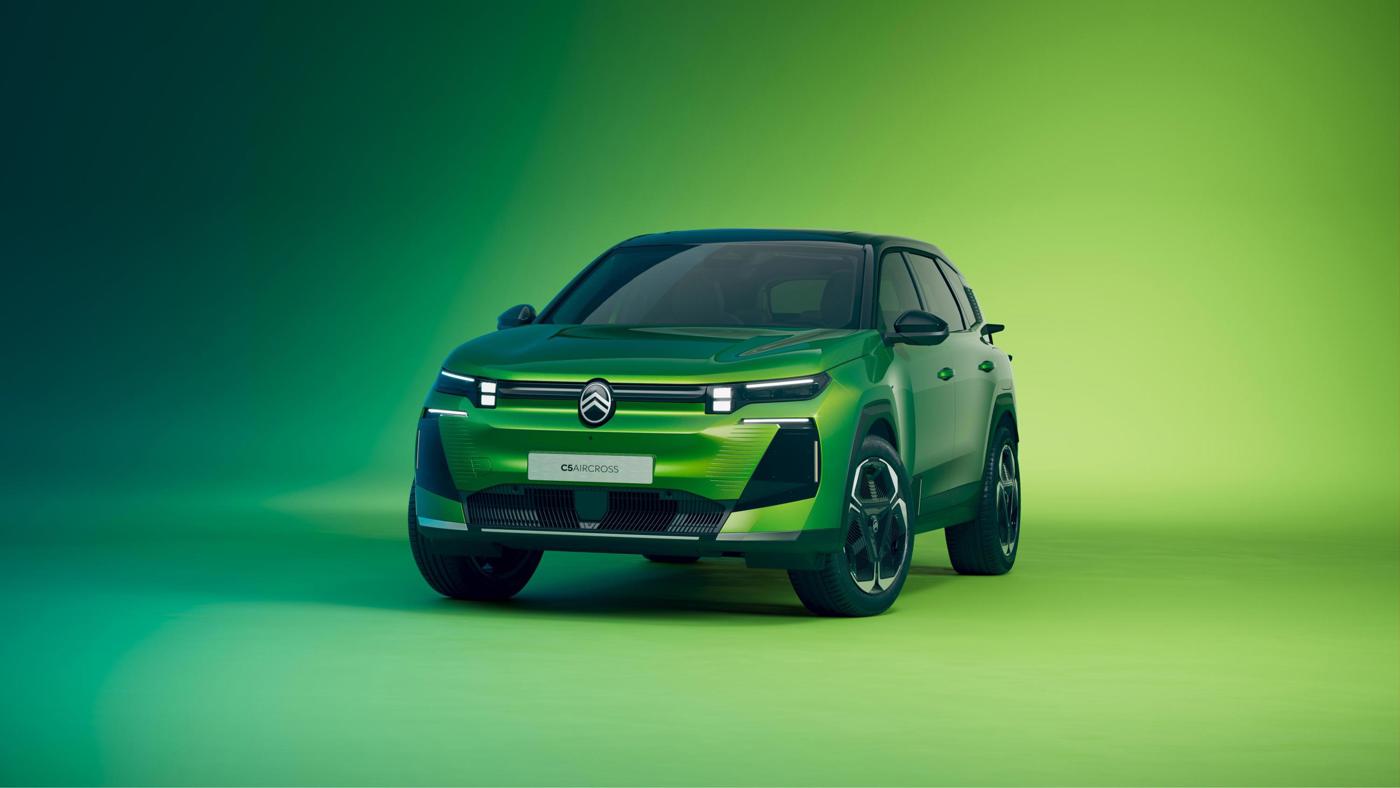
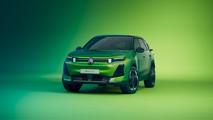
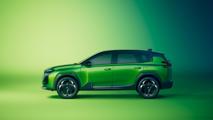
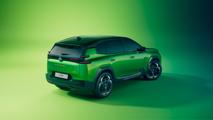

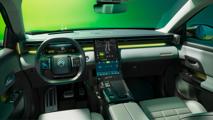

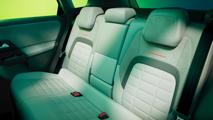
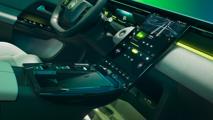
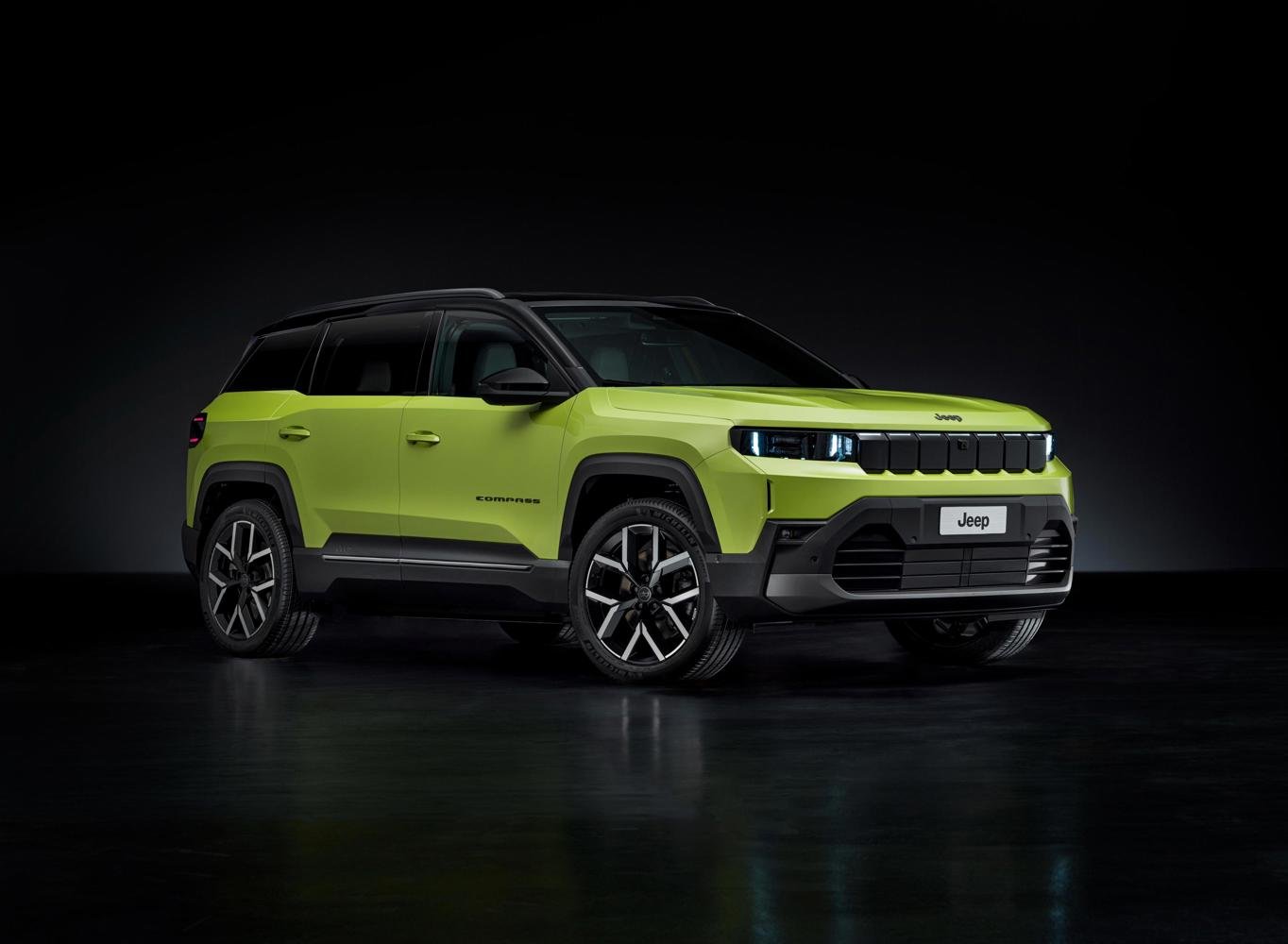
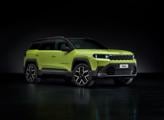
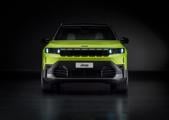
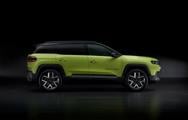
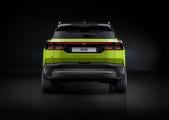
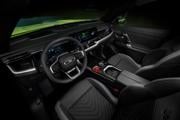
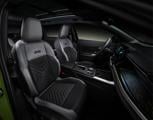
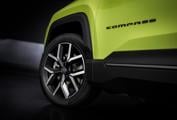
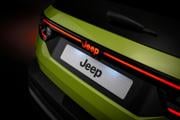
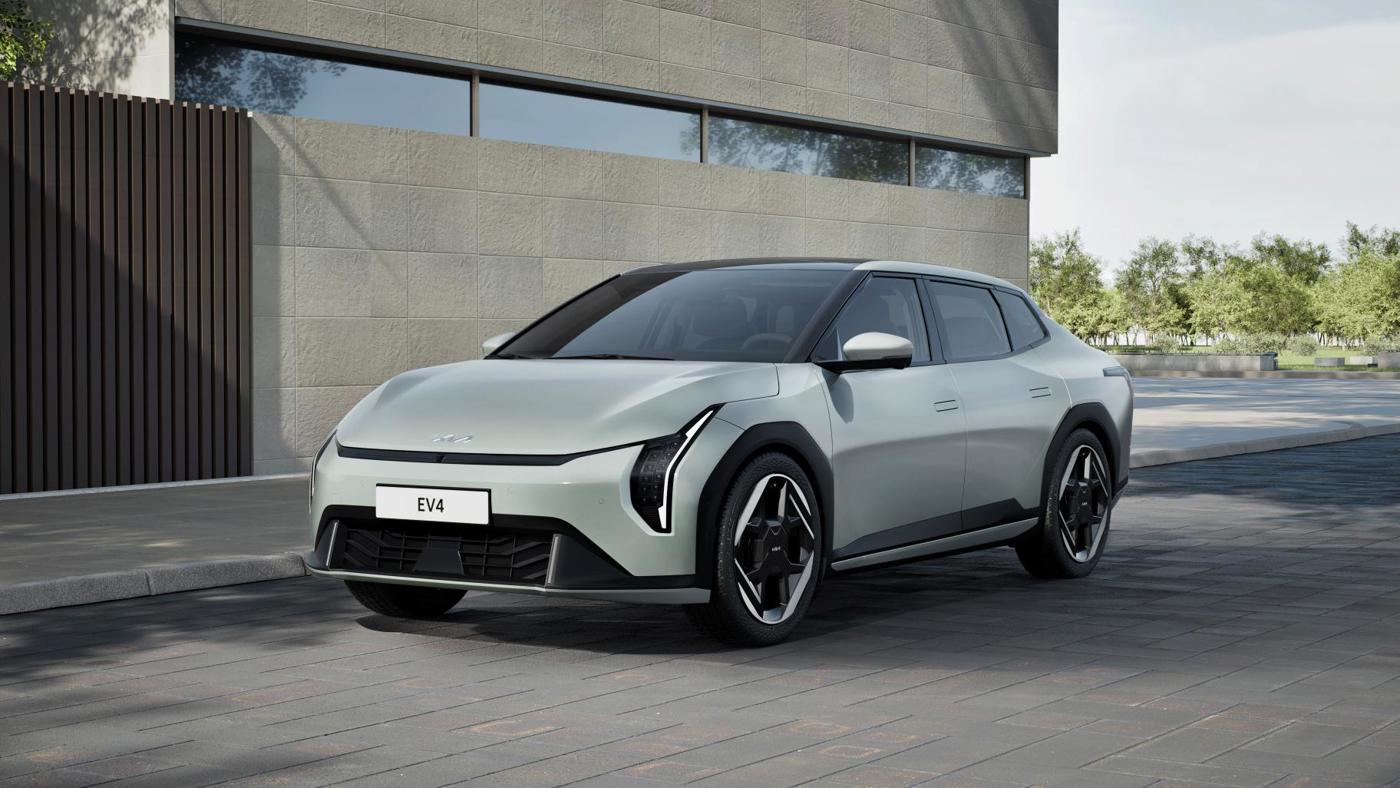
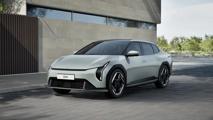
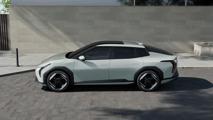
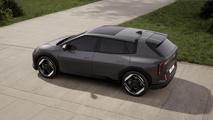
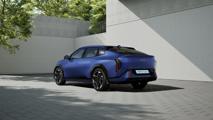
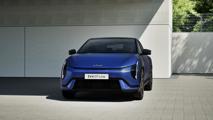
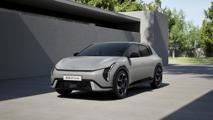
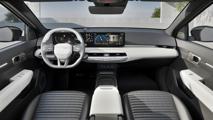
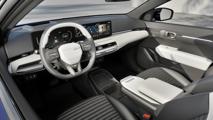
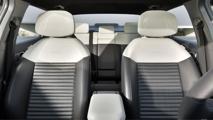


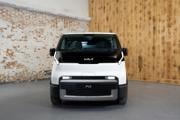
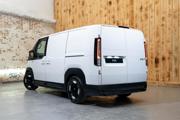
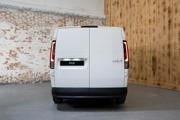
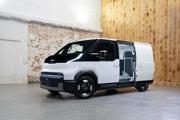
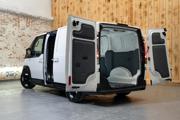
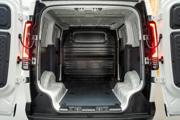
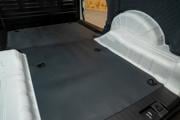
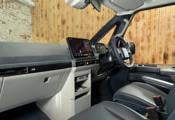
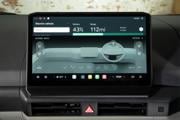

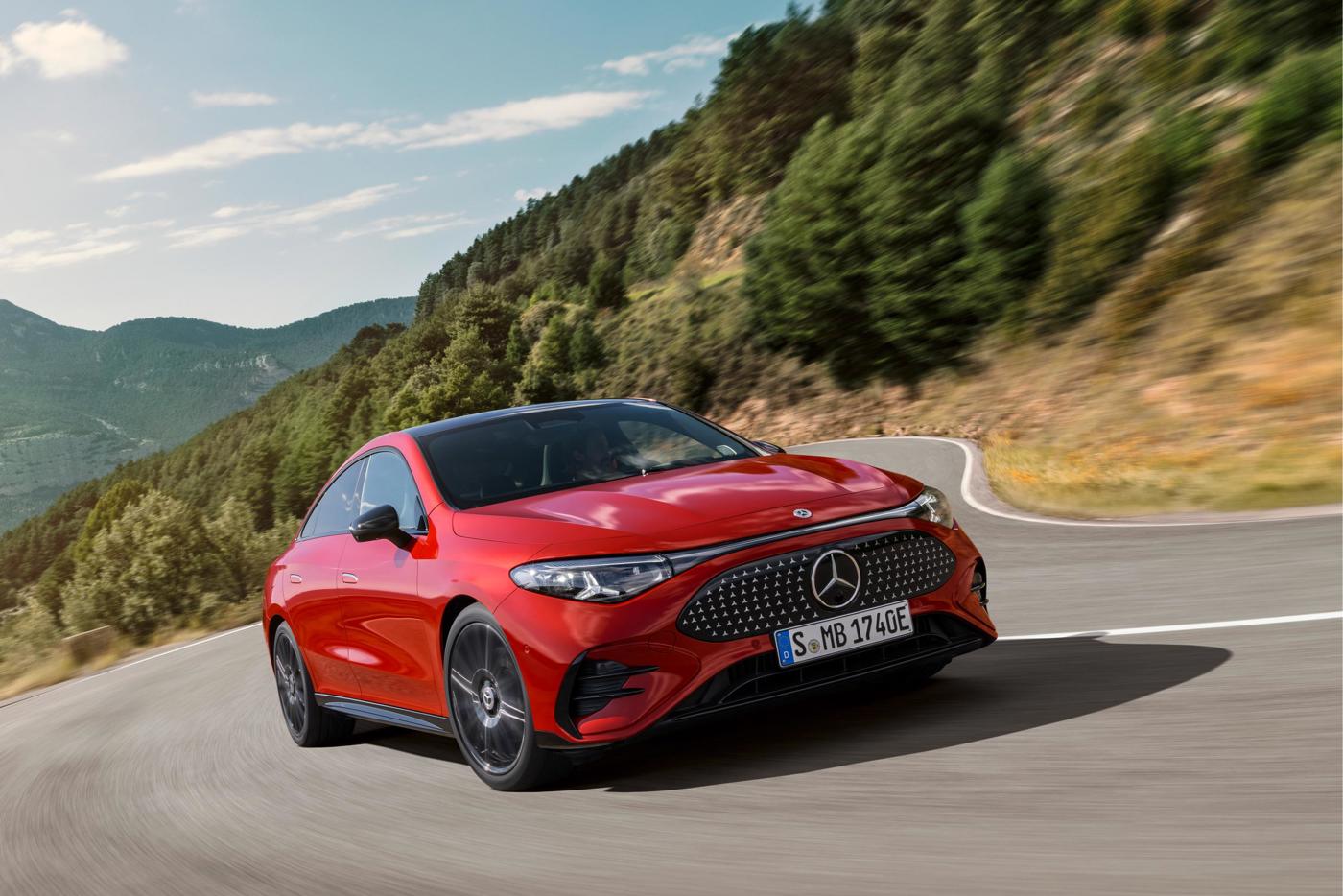
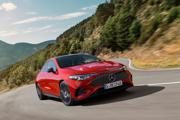
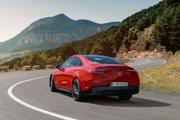
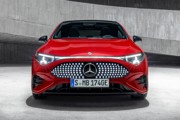
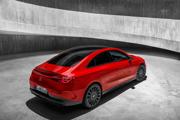
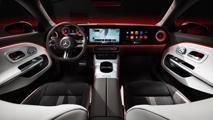
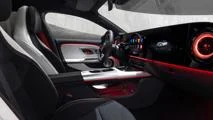
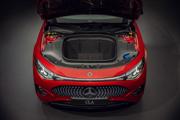
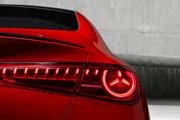
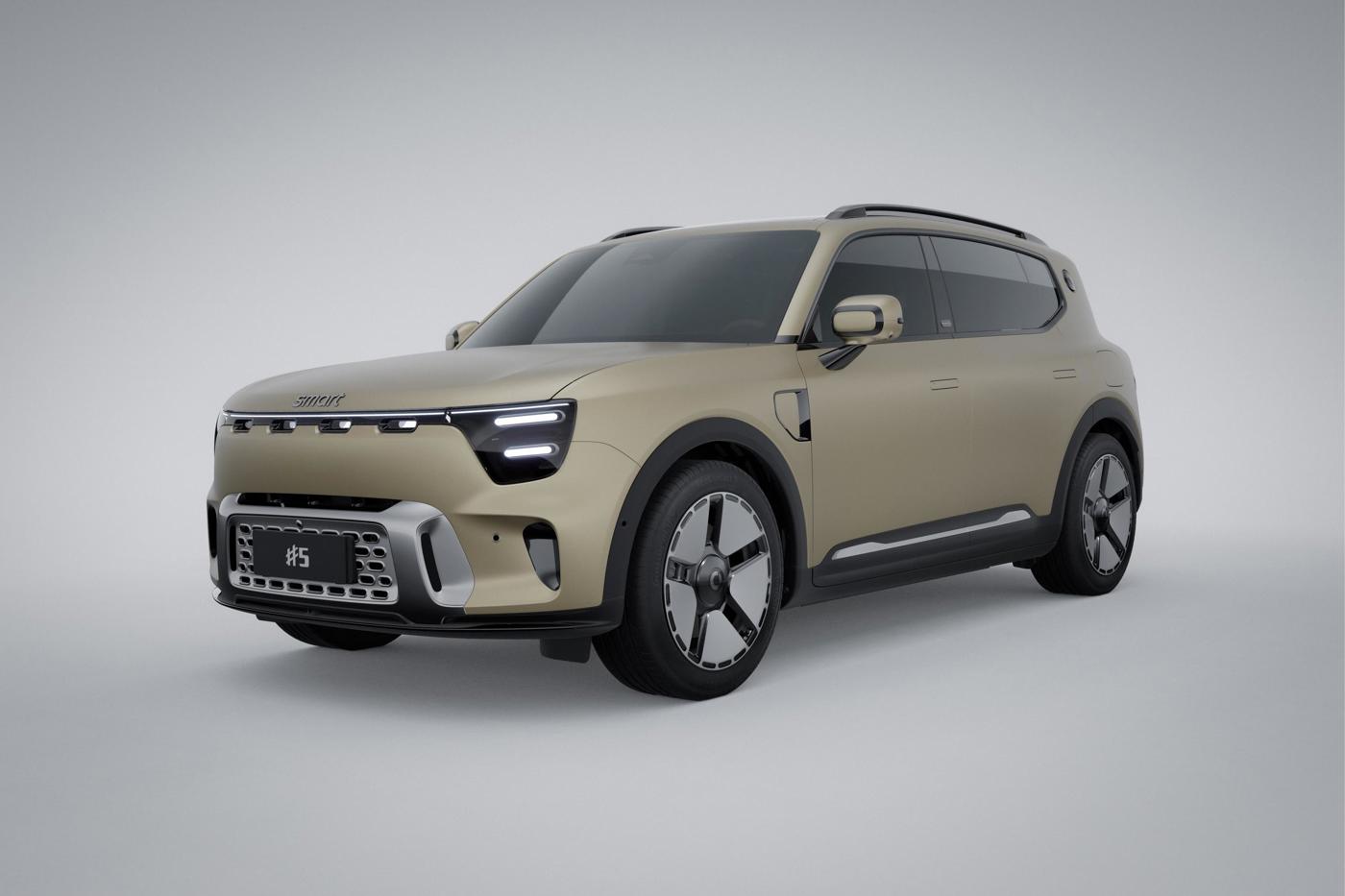
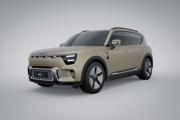
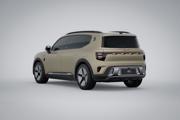
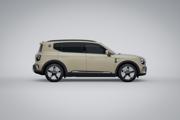

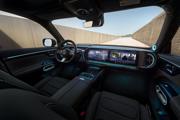
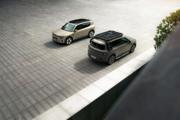
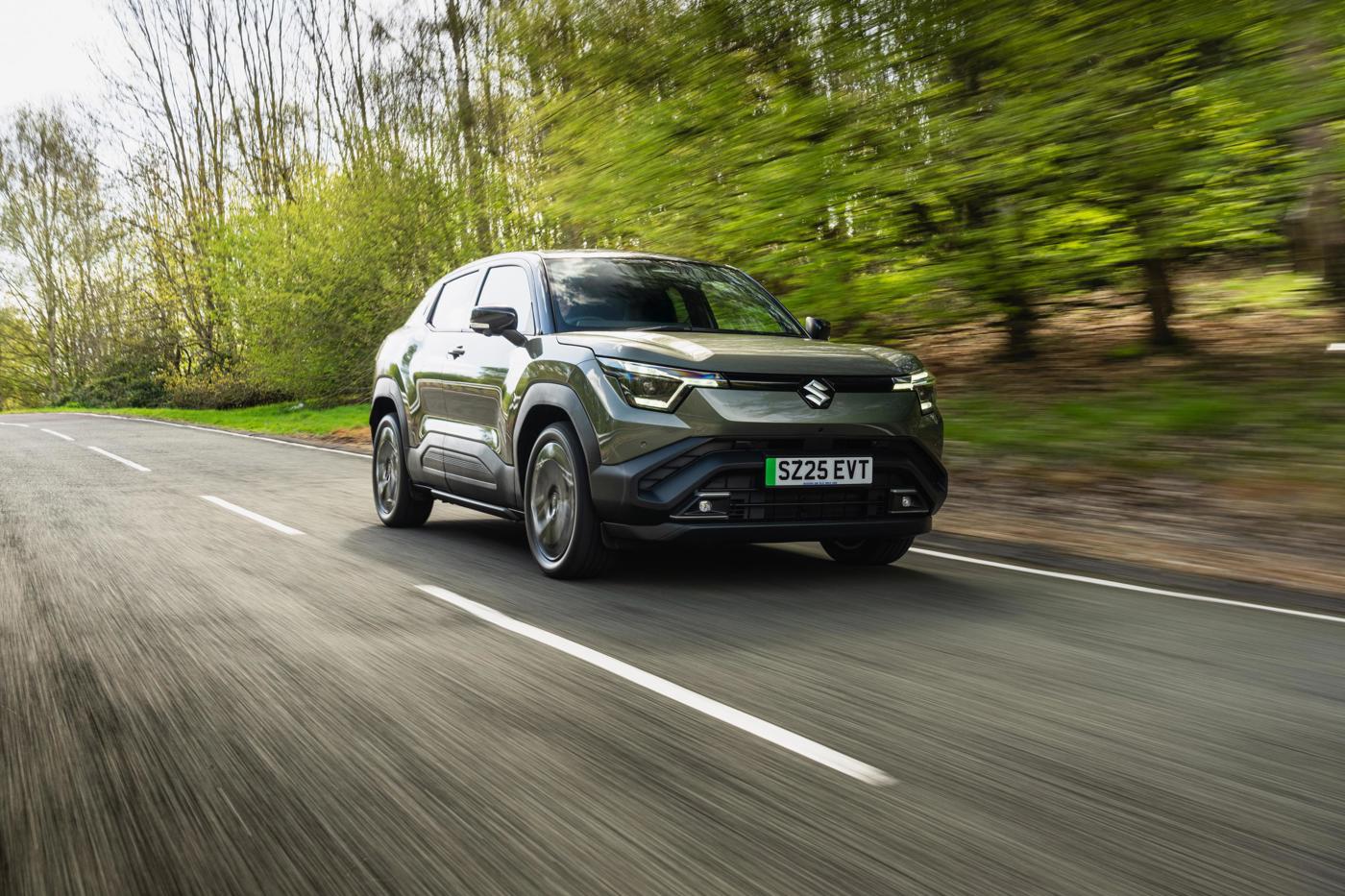
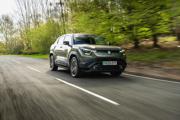
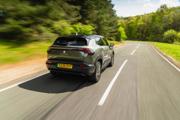
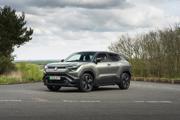
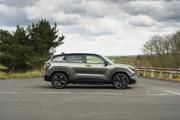
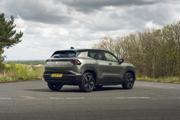
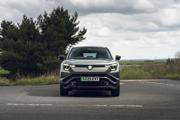
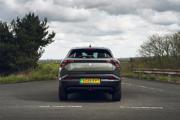
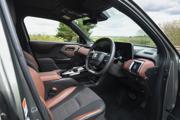
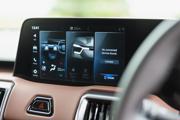

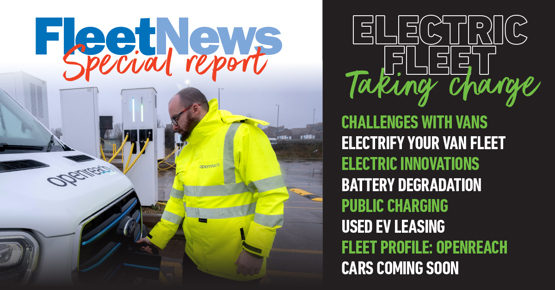
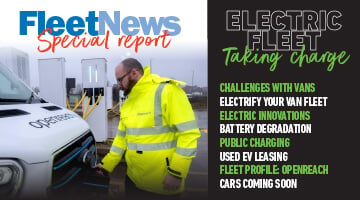


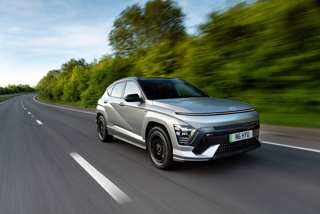

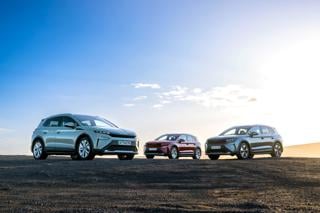
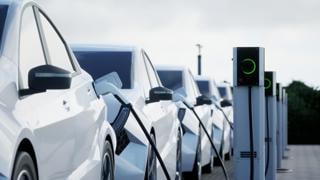
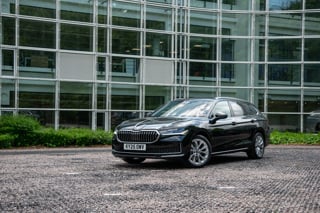


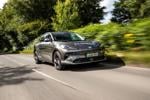



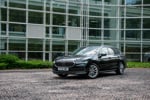

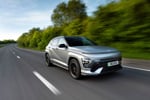



Login to comment
Comments
No comments have been made yet.